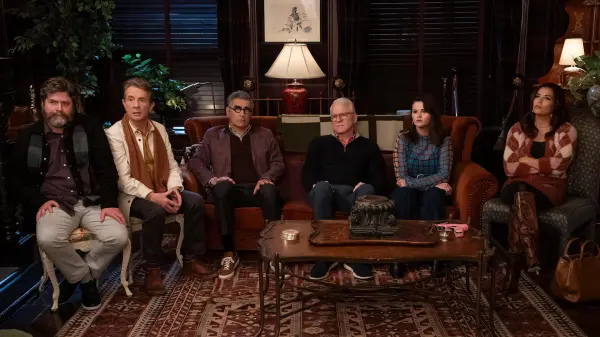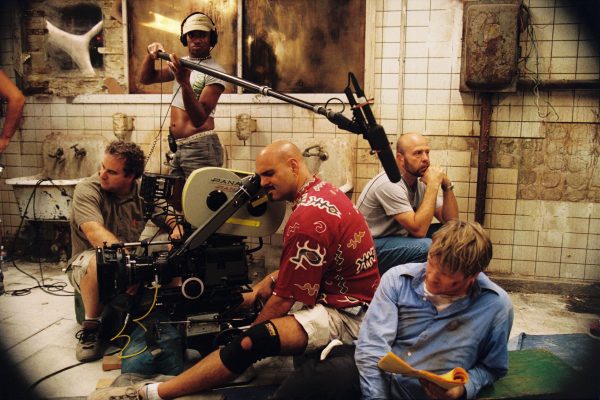
Only Murders in the Building Season 4 Finale Explained: Key Twists and the Identity of the Killer
The fourth season of Only Murders in the Building wraps up its gripping narrative with another murder mystery, bringing closure to the case while introducing intriguing new twists. This season, our trio of amateur sleuths—Charles, Oliver, and Mabel—once again find themselves entangled in a web of deception and crime, ultimately leading to a shocking revelation. Central Case of Season 4 This season centers on the death of Sazz Pataki, portrayed by Jane Lynch, who was Charles’s long-time stunt double and a dear friend. Following her unexpected demise, Charles (Steve Martin), Oliver (Martin Short), and Mabel (Selena Gomez) dive into the investigation, all while also navigating the complexities of their lives as they prepare for a film adaptation of their podcast, written by a young screenwriter named Marshall P. Pope (Jin Ha). As they investigate Sazz’s murder, the trio encounters various suspects, but the plot thickens when they uncover the truth about Marshall, who bears a striking resemblance to the young stuntman Sazz was mentoring before her death. The Killer Revealed In the season finale, the truth about Sazz’s murder is unveiled: Marshall, whose real name is Rex Bailey, confesses to the crime. His jealousy stems from Sazz’s encouragement to pursue writing after he was blacklisted from stunt work. When he realizes that Sazz’s screenplay is superior to his own, he becomes consumed by bitterness. After Sazz discovers his deceit and plans to confront Charles about it, Marshall takes drastic action, ultimately leading to her murder. The chilling moment comes when he decides to kill Sazz after wrestling with his conscience, convincing himself that to be a true writer, he must be willing to kill. After the murder, he goes so far as to burn her body and later kills Glen Stubbins (Paul Rudd) in the hospital to cover his tracks. Mabel’s Rescue and the Final Showdown As the season reaches its climax, Mabel finds herself in a life-threatening situation with Marshall, who has a gun. In a desperate attempt to save her, Charles and Oliver execute a daring stunt to reach her apartment window. Their friends, Vince (Richard Kind) and Rudy (Kumail Nanjiani), create a distraction, allowing Mabel to signal for help. Just as Marshall prepares to harm Mabel, a shot rings out from across the courtyard—delivered by Jan (Amy Ryan), who had been hiding in Charles’s apartment. With Marshall fatally shot, the immediate danger is neutralized, but the emotional toll of the events lingers. What Comes Next Following the resolution of the murder case, the characters focus on Oliver and Loretta’s (Meryl Streep) wedding, which unfolds beautifully despite the chaos that preceded it. However, the celebration is short-lived as the story hints at another mystery looming ahead. In a surprising turn of events, the trio meets Sofia Caccimelio (Téa Leoni), who wants their help in finding her missing husband. Just as they ponder the possibility of branching out into private investigations, they discover their front doorman, Lester, dead in the fountain. This shocking development sets the stage for the already confirmed fifth season. Conclusion Season 4 of Only Murders in the Building expertly combines humor, suspense, and clever twists, keeping viewers engaged until the very end. As the trio grapples with loss and new mysteries, the upcoming season promises to delve deeper into the complex lives of its characters, ensuring that the intrigue continues in the Arconia.
